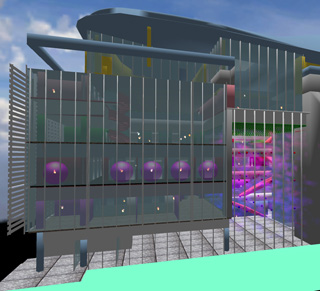Sensor Technologies for Interactive Environments
As taught in: Spring 2010

A sensor visualization of MIT's Media Lab complex rendered by the DoppelLab project from Prof. Paradiso's Responsive Environments group. DoppelLab uses the popular game engine Unity3D to transform architectural models into a browsing environment for real-time sensor data visualizations, as well as an open-ended platform for building visual applications atop those data.
Instructors:
Prof. Joseph Paradiso
MIT Course Number:
MAS.836
Level:
Course Description
This course is a broad introduction to a host of sensor technologies, illustrated by applications drawn from human-computer interfaces and ubiquitous computing. After extensively reviewing electronics for sensor signal conditioning, the lectures cover the principles and operation of a variety of sensor architectures and modalities, including pressure, strain, displacement, proximity, thermal, electric and magnetic field, optical, acoustic, RF, inertial, and bioelectric. Simple sensor processing algorithms and wired and wireless network standards are also discussed. Students are required to complete written assignments, a set of laboratories, and a final project.


